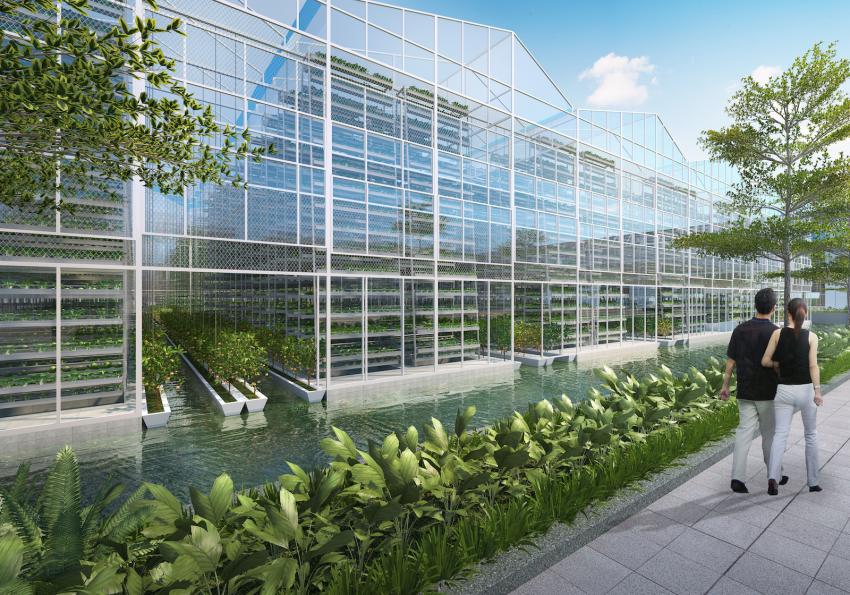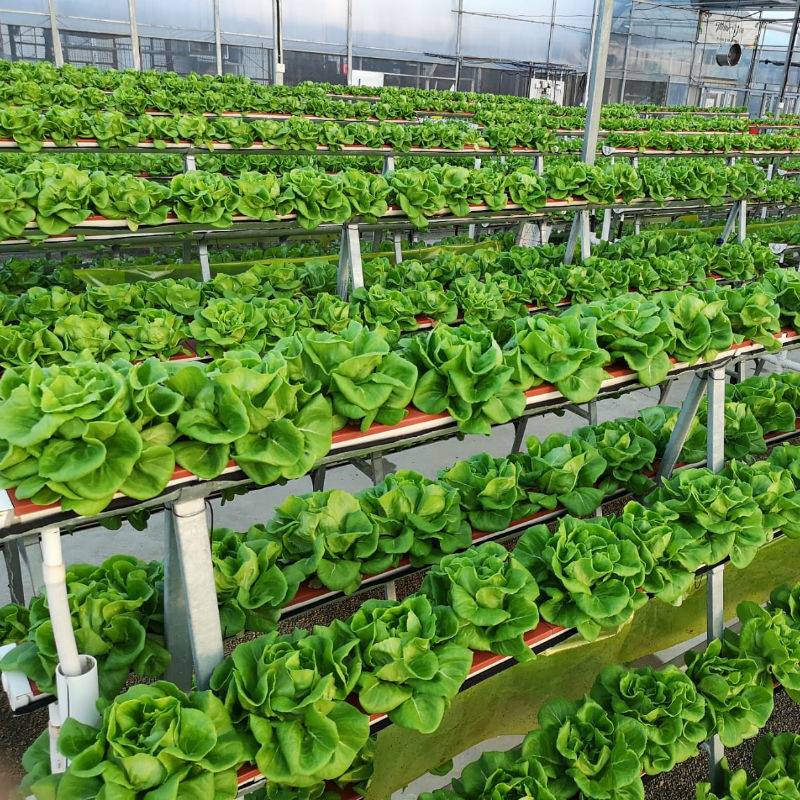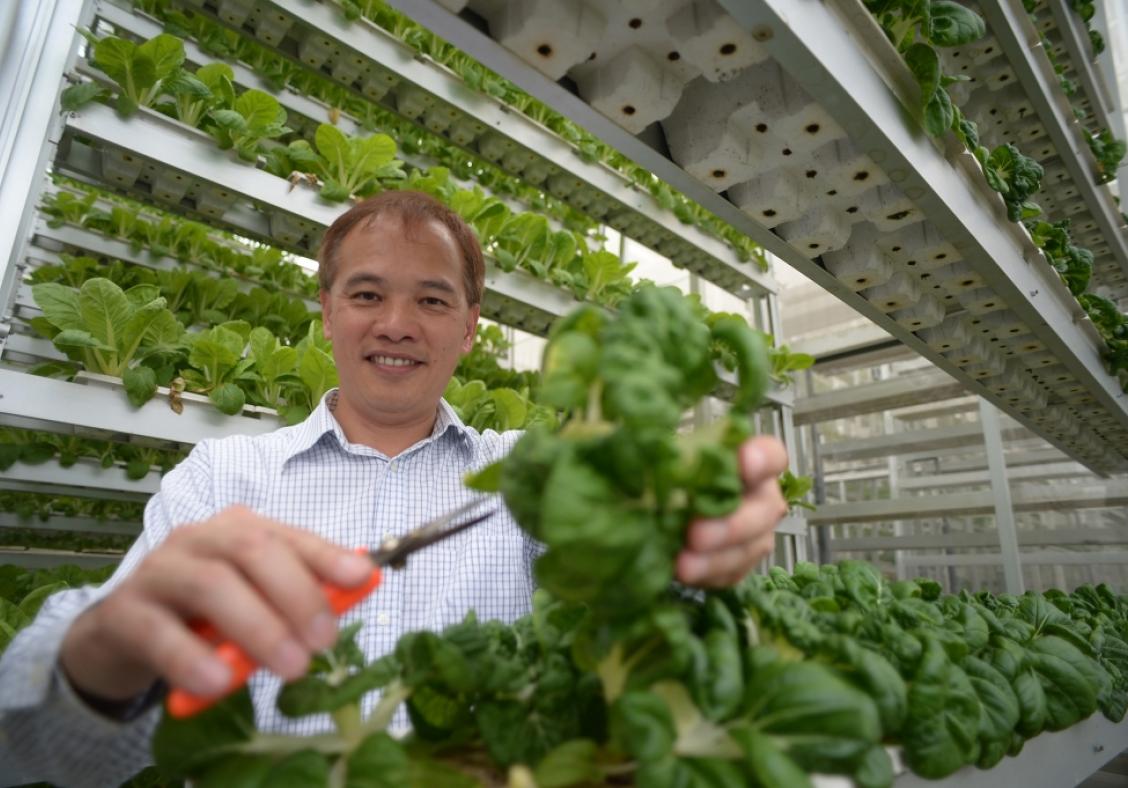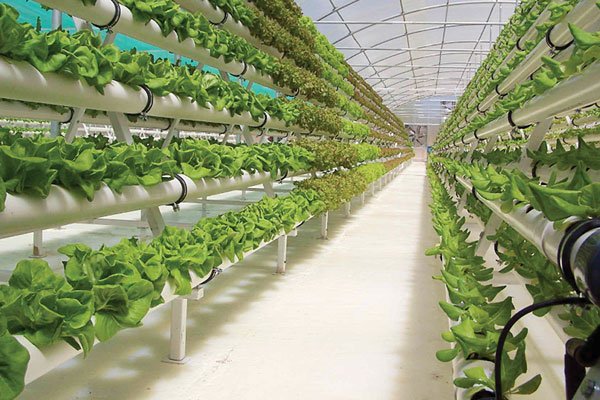With land for crops and pastures growing scarce — plus the threat of pesticides and herbicides taking a toll on our health and the environment — people are exploring new ways to grow food, such as urban agriculture. Vertical farming is a type of urban agriculture – but vertical farms are often constructed indoors in extremely controlled environments. Crops are grown on shelves that extend upward instead of outward, and the environment is carefully monitored, so crops grow year-round. The goal is to provide families with fresh, healthy food that isn’t laced with chemicals.


In addition to growing crops, some vertical farmers have developed ways to grow fish in a self-sustaining system. Water from the plants is recycled into fish tanks, and the waste from the fish becomes fertilizer for the plants. Then, both the plants and fish can be harvested for food.


Using cutting edge technology, the Sky Urban Vertical Farming system demonstrates an energy efficient, environmentally friendly method of producing food that could be a powerful tool in feeding the ever-growing, increasingly urbanized, global population.

The vertical farming is not unique to Sky Greens. The Sky Greens system is the world’s first low carbon, hydraulic driven vertical farm. The vegetables are planted on various shelves that rotate throughout the day, allowing those on the bottom to receive water and those on the top to receive sunlight. Food production through this method uses significantly less water, land, or energy than a farm would use to produce the equivalent amount.


Compared to traditional farms, the Sky Urban Vertical Farming System produces at least 10 times more yield. Although the Sky Urban system has primarily been used for Asian vegetables such as Chinese cabbage and nai bai, it could be used to grow all sorts of delicious fruits and veggies.
According to Ecowatch













